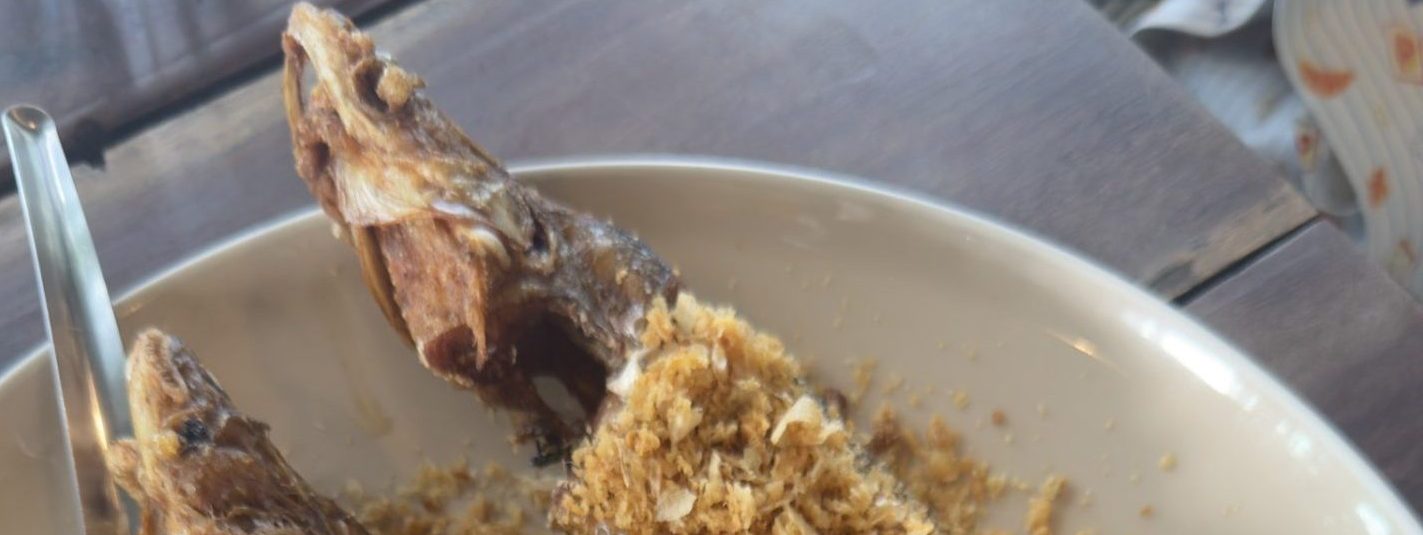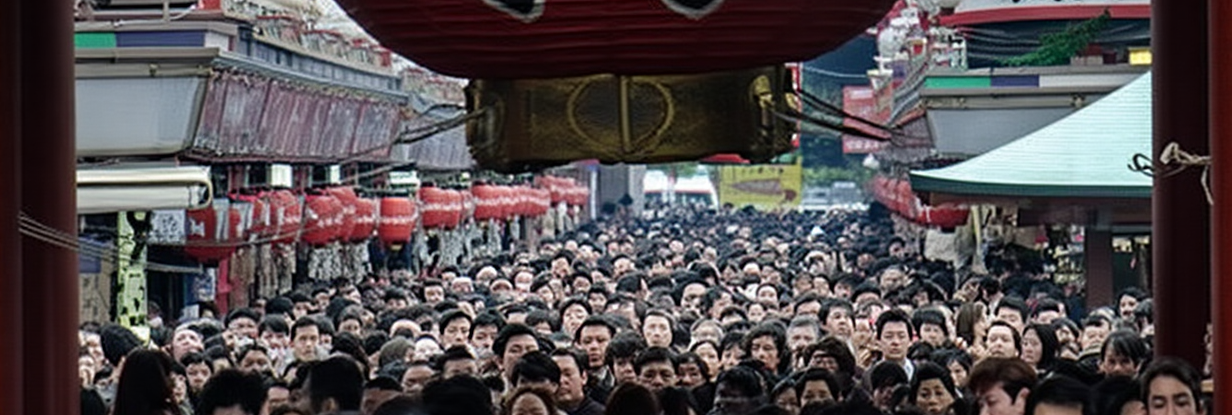1.Introduction
Miang Kham (Thai: เมี่ยงคำ) is a traditional Thai bite‑sized leaf‑wrapped snack whose name literally means “one‑bite wrap.” It is widely celebrated for delivering seven distinct flavors—sweet, sour, salty, spicy, bitter, astringent, and aromatic—in a single mouthful. This flavor harmony and its cultural significance make Miang Kham both a culinary and ethnobotanical gem of Thai cuisine. (cremedecornell.net, Lion Brand)
While not as globally known as Thai curries or Pad Thai, Miang Kham holds a cherished place in Thailand’s food heritage, especially in the central region and among traditional households. It has even been added to Thailand’s National Cultural Heritage List. (Lion Brand)
2. Historical and Cultural Background
2.1 Origins and Linguistic Roots
The term miang originally refers to fermented tea leaves in Northern Thailand and Laos, traditionally chewed or eaten in ceremonial contexts. Kham means a bite, indicating the small, single‑bite form of this snack. (ResearchGate)
Miang Kham as a wrapped finger snack is believed to have evolved in central Thailand, though it is stylistically linked to ancient practices of eating miang in larger communal contexts. It is mentioned in royal literature such as the “Epic of the Verse of Foods” authored during the reign of King Rama II. (Wikipedia)
2.2 Recognition as Cultural Heritage
In 2014, Thailand’s Department of Cultural Promotion added Miang Kham to its National Cultural Heritage list, recognizing its role not only as a snack but as a reflection of balancing flavor, health, and Thai food philosophy. (Lion Brand)
3. Ingredients: The Seven Flavor Components
Miang Kham is carefully constructed to showcase seven flavor dimensions in a compact edible parcel. The key ingredients include:
3.1 Wrapper
- Cha‑phlu leaf (wild pepper leaf, Piper sarmentosum) or occasionally bai thong lang (coral‑tree leaf). It is pungent and slightly bitter/astringent, serving as the vessel for fillings. (MICHELIN Guide, Wikipedia)
3.2 Fillings
- Toasted coconut flakes – delivers richness or “fatty” mouthfeel (“มัน”) and sweetness.
- Bird’s‑eye chili – spicy component (“เผ็ด”).
- Shallots – mild sharpness, hint of bitter/astringent nuance.
- Ginger (or galangal) – aromatic, pungent spicy element.
- Lime or key lime segments including peel – provides sourness (“เปรี้ยว”) and bitter zest.
- Roasted peanuts (or cashews) – fatty and nutty (“มัน”) and some salt.
- Small dried shrimp – contributes salty umami (“เค็ม”).
Combined, these ingredients align with the seven‑taste tradition, though interpretations differ slightly: salt (shrimp/fish sauce), sugar (in dressing), sour (lime), spicy (chili/ginger), bitter (leaf and peel), astringent (leaf tannins), and rich/fatty (coconut, nuts). (Wikipedia)
3.3 Sauce (Nam Miang)
A sweet‑savory syrup made from palm sugar, fish sauce or shrimp paste, sometimes lemongrass and kaffir lime zest, plus water. It is cooked until syrupy, then tossed with finely chopped peanuts and toasted coconut flakes to form a luscious drizzle. This sauce unifies all flavors in each bite. (Serious Eats, Wikipedia)
4. Preparation and Serving
4.1 Assembly Process
- Toasting: Coconut flakes, shallot, ginger, galangal, lemongrass are gently toasted; shallots and aromatics are crushed into a paste. (Serious Eats)
- Sauce: Mix paste with palm sugar, fish sauce/shrimp paste, water; simmer until thick, then stir in peanuts and coconut.
- Cut fillings: Chop lime (including peel), slice ginger, shallots, chilies, prepare nuts and dried shrimp.
- Arrange: Provide leaves, fillings, and sauce buffet‑style so diners assemble each leaf wrap themselves. A single leaf is topped with a little of each element, then sauce is drizzled before eating in one mouthful. (Serious Eats, MICHELIN Guide, Viet World Kitchen)
4.2 Occasion and Consumption
Miang Kham is often served as an appetizer or snack, especially in social or ceremonial gatherings. It is served at room temperature and is interactive—guests build each bite. It is particularly associated with rainy season, when fresh cha‑phlu leaves are abundant. (Wikipedia)
5. Health and Medicinal Aspects
5.1 Traditional Thai Medicine Perspective
According to holistic Thai herbal tradition, each component helps balance bodily elements—cha‑phlu leaf & ginger for heat, lime for acid balance, shrimp‑paste for mineral salt. The snack is believed to invigorate digestion, circulation, and immunity. (MICHELIN Guide, Lion Brand)
5.2 Modern Nutritional and Phytochemical Insights
Many of the plants used in Miang Kham have documented bioactive compounds. Shallots, ginger, chilies, and betel leaves contain antioxidants, anti-inflammatory and antimicrobial properties. A broader review of Thai culinary herbs confirms the functional health potential of such ingredients. (PMC)
Specifically, cha‑phlu leaves and fermented tea‑leaf miang from Northern Thailand are rich in polyphenols such as epigallocatechin gallate (EGCG), known for antioxidant and antimicrobial effects. (ResearchGate)
6. Variations and Modern Innovations
6.1 Leaf Variants
While traditionally using cha‑phlu leaf, some restaurants and home cooks substitute lotus petals (mieng gleeb bua), collard greens, or even spinach for milder flavor or for vegetarian adaptation. (MICHELIN Guide)
6.2 Filling and Sauce Variants
Some versions include lemongrass or galangal slices, tamarind in sauce, or variations in nuts (cashews, different dried shrimp types) to adapt to dietary preferences. Vegan adaptations are also available using soy sauce instead of fish sauce. (Diet Health, Thai Journal Online)
6.3 Commercial Products
Innovators have created Miang Kham snack bars, drying the sauce and integrating plant‑based proteins and puffed grains for on‑the‑go health snacks inspired by Miang Kham flavor. (Thai Journal Online)
7. Flavor Profile: Balancing Seven Tastes
| Flavor‑Category | Ingredient(s) | Role in Bite |
|---|---|---|
| Sour | Lime segments + peel | Bright acidity |
| Sweet | Palm sugar in sauce, toasted coconut | Counterbalance to heat and salt |
| Salty (Umami) | Dried shrimp, fish sauce in sauce | Depth and savory contrast |
| Spicy | Chili, ginger/galangal | Heat and pungency |
| Bitter | Lime peel, cha‑phlu leaf | Subtle herbal bite |
| Astringent | Cha‑phlu leaf (tannins) | Drying, refreshing element |
| Fatty/Rich | Toasted coconut, peanuts | Mouthfeel and richness |
This multi‑sensory layering is why Miang Kham is often cited as among the most balanced Thai flavor experiences. (Pinterest, Wikipedia, Serious Eats, Facebook, Viet World Kitchen, Women’s Weekly, Wikipedia)
8. Presentation for WordPress / Wikipedia Style
- Use clear subheadings (as above).
- Embed high‑quality images showing the assembly of Miang Kham. (Preferred images: cha‑phlu leaf, arranged fillings, sauce drizzling, plated bites.)
- Include internal links to related topics: Thai cuisine, Cha‑phlu leaf, National Cultural Heritage of Thailand, Traditional Thai medicine.
9. Conclusion
Miang Kham is more than a snack—it encapsulates centuries of Thai culinary theory, herbal wisdom, and communal dining. In each bite you taste history, culture, flavor science, and nutritional synergy. With its official recognition by Thai authorities and its documented health‑promoting ingredients, Miang Kham represents a proud icon of Thai food heritage and a worthwhile subject for both gastronomy and academic study.
References
- Wikipedia contributors. “Miang kham”, Wikipedia. (Lion Brand, Facebook)
- Lion Brand blog. “Miang Kam, a traditional Thai medicinal snack” (refers to National Heritage designation). (Lion Brand)
- Michelin Guide. “What You Need to Know About Mieng Kham” (herbal, preparation, leaf variants). (MICHELIN Guide)
- Serious Eats. “Leaf‑Wrapped Salad Bites (Miang Kham) From ‘Simple Thai Food’” (detailed recipe steps). (Serious Eats)
- Vietworld Kitchen / Leela Punyaratabandhu. Recipe and discussion on ingredients and leaf substitutions. (Viet World Kitchen)
- NCBI (PubMed). “Plant ingredients in Thai food: a well‑rounded diet for natural health” (phytochemical overview). (PMC)
- ResearchGate / Journal of Ethnic Foods. “Recent Research Advances and Ethno‑Botanical History of Miang…” (miang tea‑leaf health properties). (ResearchGate)
- ThaiJo publication. “Product Development of Healthy Miang Kham Bar” (modern variation). (Thai Journal Online)







